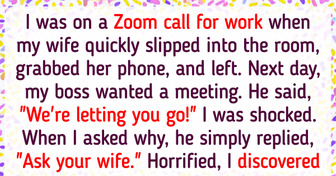14 People Who Uncovered a Grim Reality About Their Family

Imagine being so smart that your brain is kept in a museum for decades after you’re gone! Yeah, it doesn’t happen to all the super-smart people out there, but we’re talking about Albert Einstein here: one of the greatest minds of all time.
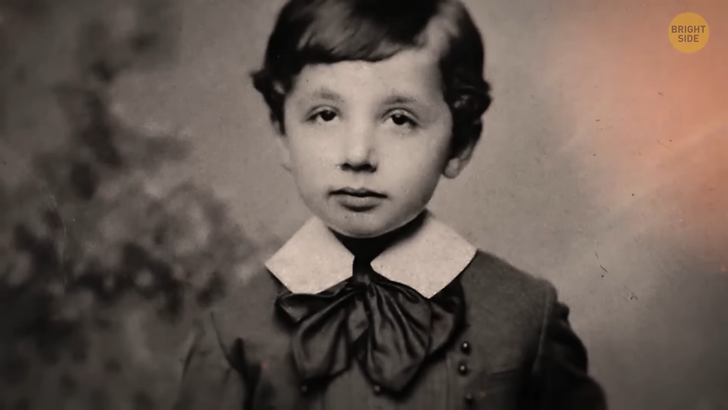
Let’s start from the very beginning. See that town right there between Stuttgart and Munich? It’s a city called Ulm, Einstein’s hometown. He was born in the year 1879. That was the same year when Thomas Edison tried his first practical electric light bulb.
And the year when 3 other Nobel Prize winners were born. You know what they say... there must have been something in that water that year that created geniuses worldwide. But that wasn’t always the case for Einstein. I mean, he wasn’t always considered a genius.
Actually, his parents worried about his learning abilities when he was young. Until the age of 5, Einstein couldn’t construct full sentences. It took him a while before he started speaking coherently. However, he was always a child fascinated with the world and the details of how things worked. It was also at the age of 5 that something big happened to him.
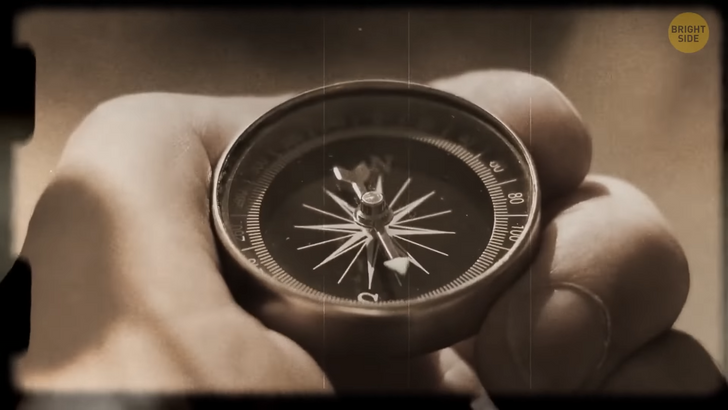
One day, his father gave him a compass to play with. It was the first time the kid ever saw an object like that. And he got extremely interested in it! He was especially struck at how the needle would always point to the Earth’s magnetic North. Later, in his autobiography, Einstein writes that his fascination with the compass made him wonder if there might be invisible forces at play in the world. He recalls it being an especially important moment in his choice of career later in the future.
By the age of 15, Einstein had already mastered differential and integral calculus. In case you are like me and have no idea what that means, let’s just say it has something to do with the calculation of lengths, areas, volumes, and speeds. At that time, the teenage boy began to show his genius in some areas of knowledge but would struggle in other areas such as language studies.
He wasn’t all that fond of school and was often depicted as having a strong and not-so-easy-going personality. One teacher, tired of Einstein’s tantrums, even said that the kid would never amount to anything. Boy, was he wrong, huh? Anyway, his inability to completely fit in in school made Einstein drop out at the age of 15.
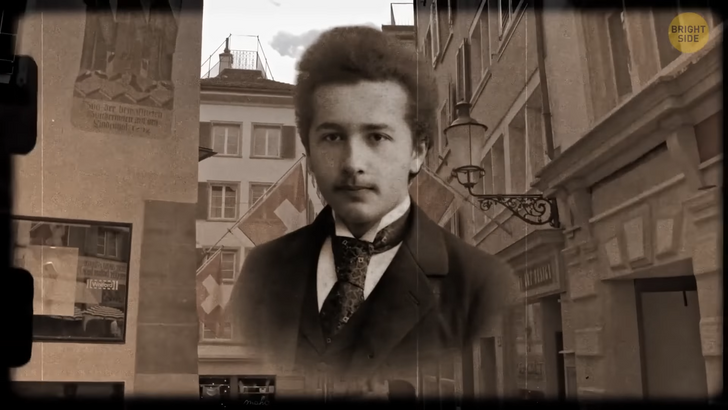
His next steps were in Switzerland, where he applied to the prestigious Swiss Federal Institute of Technology. He tried to get in two different times. First, he failed his admissions exam. He did well in the math and physics section of the entrance exam but is said to have done horribly in language, zoology, and botany. Another problem was that the exam was in French.
He continued his high-school studies, and it was his staggering school grades that got him into the Institute after all. He enrolled in a four-year teaching program in Math and Physics. These years proved to be formative in Einstein’s career and genius. That’s where he met his future wife, Mileva Maric — the only female student in his physics class.
By 1900, Einstein graduated and earned his diploma in both subjects. It was Einstein that said: “If you can’t explain it simply, you don’t understand it well enough.” To him, the ability to explain complicated subjects in a simple way was the basis of teaching. That’s why he tried to become a teacher early on in his career.
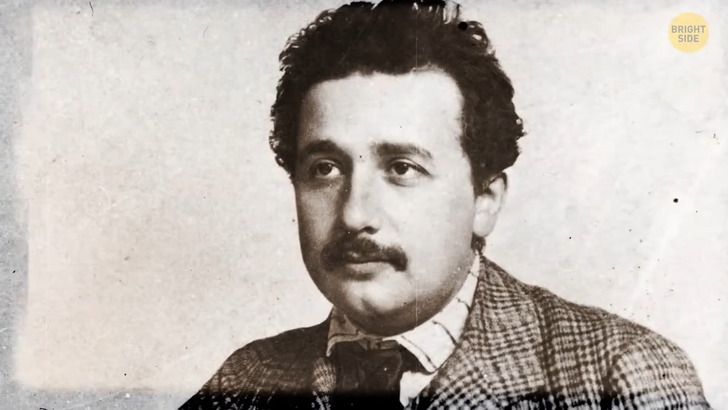
After graduating, he applied to several academic positions to teach Math and Physics, but eventually, he wasn’t hired. Later on, after two years of searching, he settled for a job at the Swiss patent office, in Bern. At first, Einstein wasn’t really happy with the offer he got. Even so, he would spend the next seven years of his life in this position.
It turned out that this job was a gift in disguise. He would spend his mornings and afternoons investigating patent applications and judging whether or not they were actual inventions, but in the evenings he had time to think. The job wasn’t too intellectually demanding and this allowed Einstein to dedicate his free time to what he loved: researching physics. And that’s when things started to change for the world’s most famous genius.
One evening, in the spring of 1905, Einstein had just finished his shift at the patent office. He clocked out and grabbed the tram car home. On that tram, something happened that entirely changed the way he saw the functioning of the universe around him. He was staring out the tram’s window, absentmindedly staring at the clock tower in Bern’s city center.

As the tram moved, he imagined what would happen if the tram car were moving at the speed of light. He realized that if he were to travel at 186,000 mi per second, the clock’s hands would appear to completely freeze. At the same time, Einstein knew that at the clock tower, the clock’s hands would be moving at their normal pace. But from the perspective of the person traveling at the speed of light, time would have slowed down almost to a complete stop.
This thought left Einstein completely mesmerized! He understood that the faster you move through space, the slower you move through time. This first clue led Einstein to believe that time could be relative. In other words, it would always depend on the experience of the observer.
1905 was Einstein’s year of miracles! That year, he published four papers that would later alter the way humanity understands the universe. Amongst the 1905 papers he published, was the theory that would make him world-famous, aka, Einstein’s “Special Theory of Relativity”. And it all started on that tram car ride home. Oh, and I’m guessing you might have learned the famous formula from this Einstein paper in school. E=Mc2, which basically means that Energy equals mass times the speed of light squared.
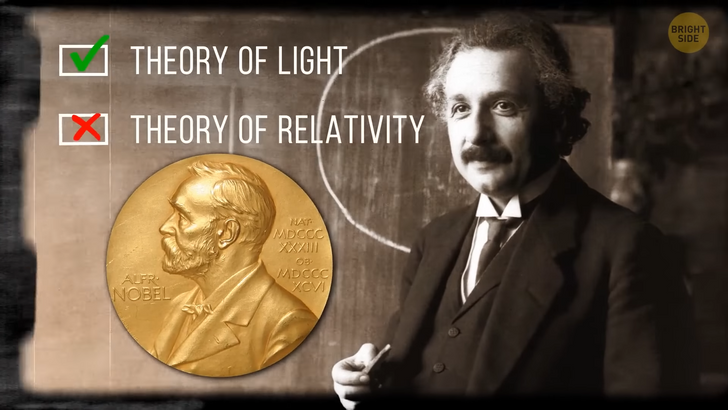
In case you’re feeling somewhat challenged in grasping what all of this means, don’t sweat it! Einstein himself said: “Do not worry about your difficulties in mathematics. I can assure you mine are still greater.” We’ll just have to go along with him on this one, won’t we?
In 1921 Einstein was awarded a Nobel Prize for his theory of light, but not his theory of relativity. Part of the scientific community still wasn’t convinced of Einstein’s relativity theory since it didn’t factor in the laws of gravity. Truly, this was something that also bothered Einstein a lot — which meant he never stopped reflecting upon his discoveries and was always searching for the ways in which he could improve them.
Now, remember Sir Isaac Newton? The man who sat beneath an apple tree and discovered gravity after an apple fell on his head? Well, according to Newton, gravity is a constant force acting upon all objects on our planet and in our universe.
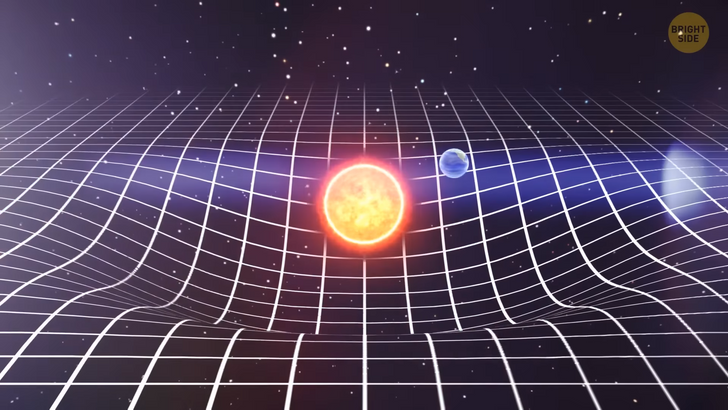
It took Einstein another 10 years to complete his theory of relativity, taking into consideration Newton’s discoveries. Einstein’s new General Theory of Relativity managed to explain how gravity actually worked. For example: how is it that the Sun’s gravity actually pulls the Earth into its orbit?
Well, according to Einstein, something heavy such as the Sun creates a dent in space. Other objects with smaller masses, such as the Earth, are impacted by that dent and roll around the sun like a marble constantly rolling — or orbiting — in a bowl. He ended up not winning another Nobel Prize for that discovery. But it sure did revolutionize, again, the world of physics.
In the 1930s, Einstein moved to the US and accepted a position to teach at Princeton. He spent the rest of his years teaching at the newly created Institute for Advanced Studies in New Jersey. Although Einstein says he never felt at home in any country, he is said to have loved the US very much and chose to remain there for the rest of his years.

